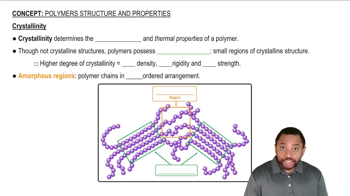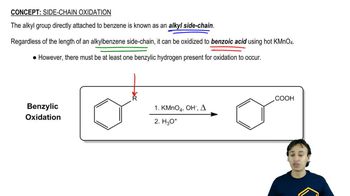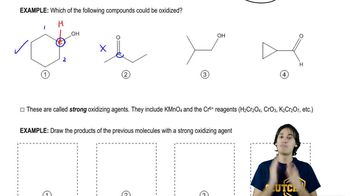Predict the major products of the following reactions.
(b) (Z)-3-methyloct-3-ene + warm, concentrated KMnO4

 Verified step by step guidance
Verified step by step guidance Verified video answer for a similar problem:
Verified video answer for a similar problem:



 6:m
6:mMaster General properties of strong oxidative cleavage. with a bite sized video explanation from Johnny
Start learning